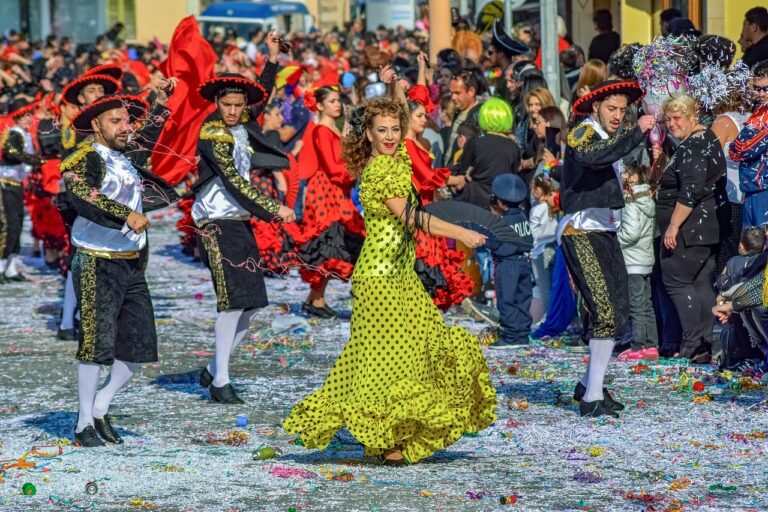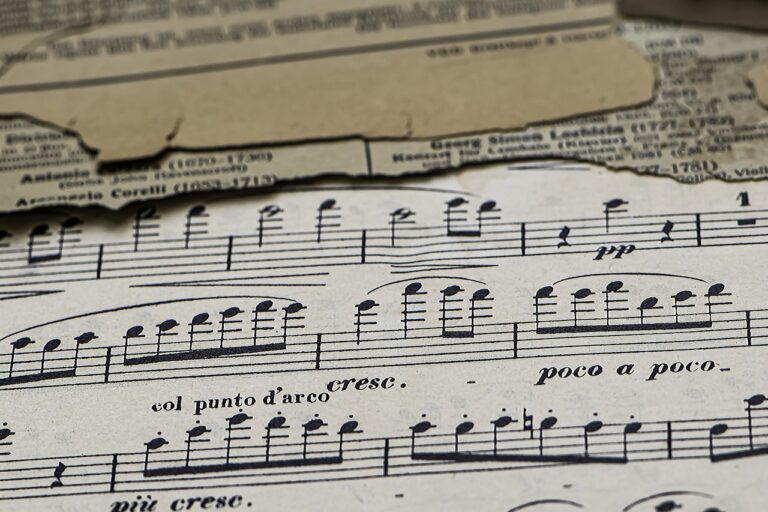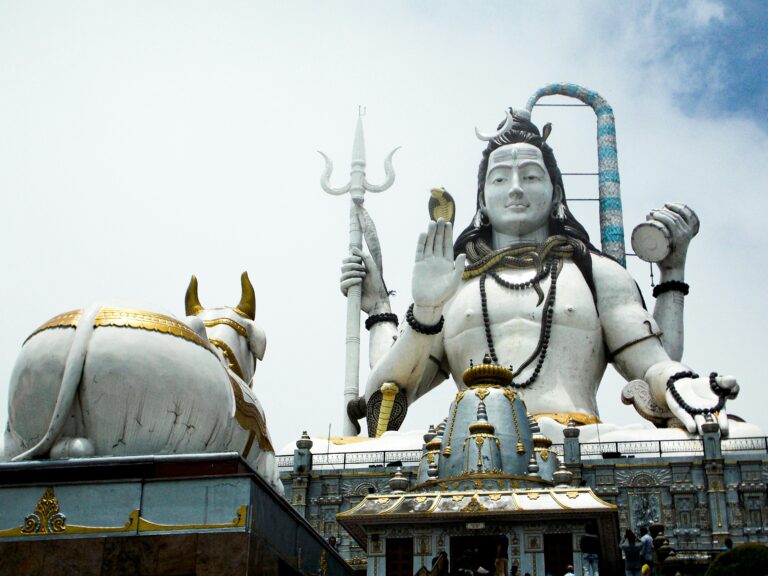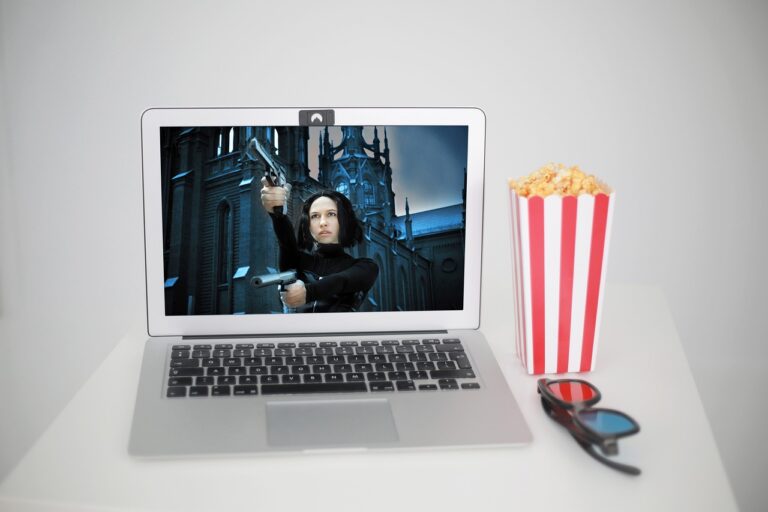Behind the Scenes: The Art of Sound Design in Movies
Sound design plays a crucial role in shaping the atmosphere of a movie. It helps to immerse the audience in the world of the film, adding depth and richness to the viewing experience. Through the strategic use of sound effects, music, and ambient noise, sound designers are able to evoke emotions, build tension, and enhance storytelling in ways that visuals alone cannot achieve.
From the subtle creak of a door opening to the thunderous roar of an explosion, every sound element in a movie is carefully selected and engineered to evoke a specific response from the audience. Whether it’s creating a sense of foreboding in a horror film or capturing the excitement of a high-speed car chase, sound design plays a crucial role in shaping the mood and tone of a movie. By manipulating sound in creative ways, sound designers are able to transport viewers to different worlds and evoke powerful emotional reactions.
Sound design helps to immerse the audience in the world of the film
It adds depth and richness to the viewing experience
Strategic use of sound effects, music, and ambient noise evokes emotions and builds tension
Sound design enhances storytelling in ways that visuals alone cannot achieve
The Importance of Foley Artists in Sound Design
Foley artists play a crucial role in enhancing the audio experience in films. These skilled professionals are responsible for creating and recording sound effects that add depth and realism to the on-screen action. From footsteps to rustling leaves, Foley artists meticulously craft and synchronize sounds to match the movements and interactions of characters on screen.
The attention to detail and creativity of Foley artists elevate the overall quality of sound design in movies. By using everyday objects in innovative ways to replicate sounds, they bring a sense of authenticity to the auditory elements of a film. Their expertise ensures that viewers are fully immersed in the cinematic world, where even the smallest sound can make a significant impact on the overall atmosphere and emotional resonance of a scene.
How Dialogue is Captured and Edited in Films
Dialogue in films is a pivotal element that conveys the characters’ emotions, thoughts, and interactions. To capture high-quality dialogue, filmmakers utilize various equipment such as boom microphones, lavalier microphones, and shotgun microphones. Each microphone serves a specific purpose and is strategically placed to capture clear and crisp dialogue during filming.
Once the dialogue is captured during filming, the editing process begins to enhance the overall sound quality and coherence of the conversations. Dialogue editing involves removing background noise, adjusting volume levels, and syncing the dialogue with the actors lip movements. This meticulous process ensures that the dialogue is seamless and impactful, allowing viewers to fully immerse themselves in the story being told on screen.
How important is sound design in creating the atmosphere in movies?
Sound design plays a crucial role in setting the tone and mood of a film. It enhances the visuals and helps to immerse the audience in the story.
What is the role of Foley artists in sound design?
Foley artists are responsible for creating and recording additional sound effects that cannot be captured during filming. They help to add realism and depth to the audio in a movie.
How is dialogue captured and edited in films?
Dialogue is typically recorded on set using microphones worn by the actors. It is then edited in post-production to ensure clarity and consistency throughout the film.







